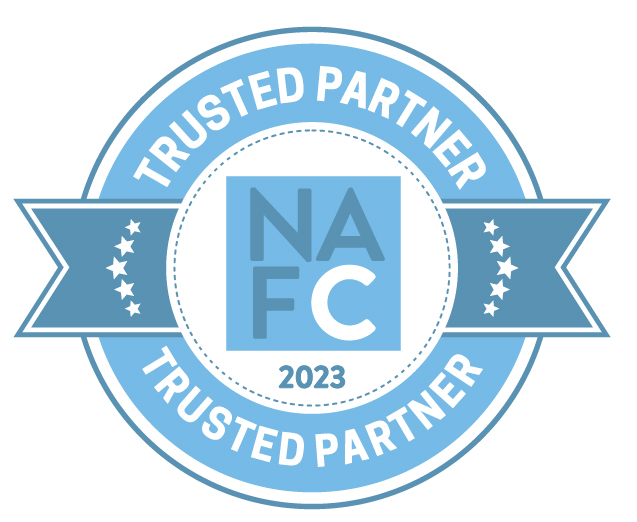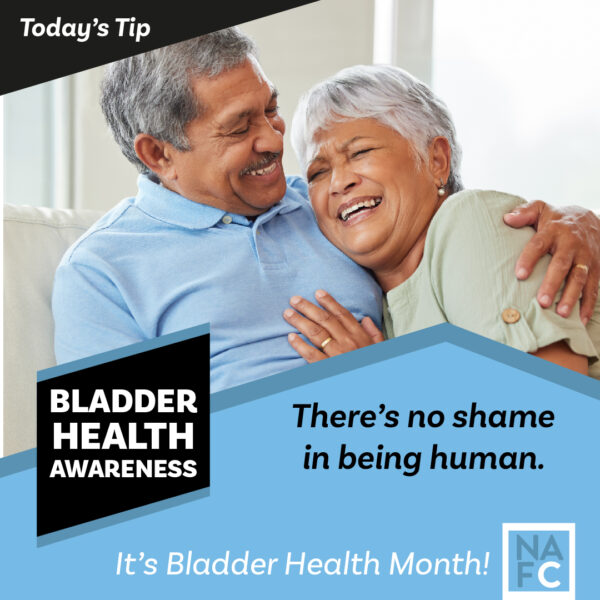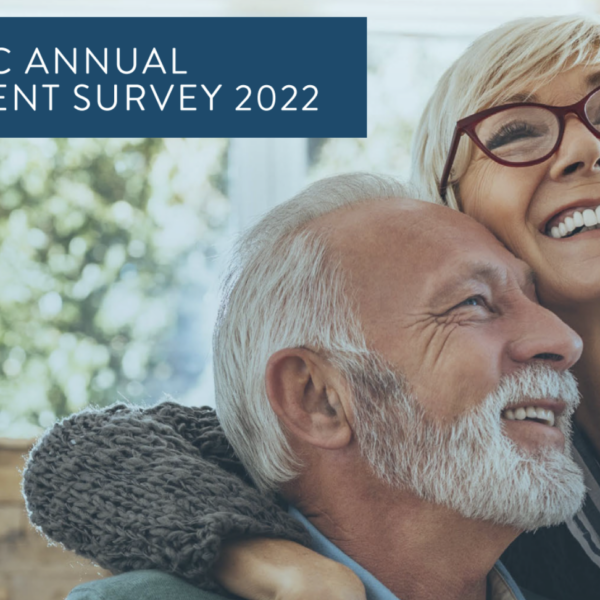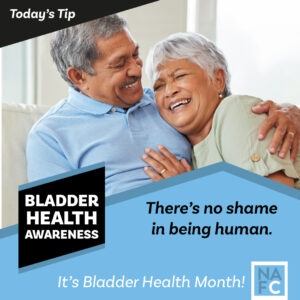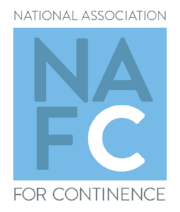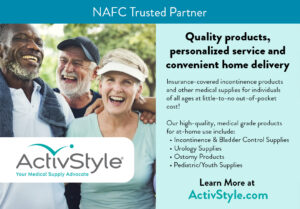QUESTION: Since you have been in practice, what changes have you observed in patient expectations of clinical outcomes?
DR. WINTERS: “In my view, patients have always wanted the same thing – safe and effective treatment of their conditions. What I have always found most appealing about my practice is that I need to do the best I can to select the best treatment for each individual. That’s what I view as the “art of our science”. Patients with very similar conditions may do best with different treatments based on a variety of factors, including their goals and expectations. To me, that hasn’t really changed. What is a bit different is that patients come with more information – some good and some bad – and we have to do our best job to help them make the most informed decisions. At some level, it’s the same process but the conversations continue to evolve. Another difference is that patients are expecting our treatments to not only be effective, but as minimally invasive as possible. Many of our patients are now wanting quicker recovery and faster return to work / or other activities. So, it’s a more comprehensive and encompassing discussion – I think that’s been a great development over time. “
QUESTION: So many patients with incontinence issues never seem to see the right physicians. They seem to approach either primary care or gynecologist. The data suggests that this initial consultation does little to address issues of incontinence. What we can do to help patients find the physicians that are more knowledgeable and able to address their health concerns?
DR WINTERS: “I view this as great opportunity for clinicians involved in the care of women with pelvic floor disorders. In my view, we need to “raise all boats”. What I mean is that we need a multi-faceted approach to improve access to pelvic health for all of our patients – men, women and children. I think part of this is enhancing efforts to collaborate with our primary care clinicians to improve the comfort level in having the conversation with our patients regarding pelvic floor disorders and in their basic evaluation and treatment. I’m always afraid of our patients in rural areas who may not have easy access to specialty care never seeking any treatment because it’s harder to access it. If we can increase the dialogue at the primary care level, I’m hopeful that these patients will have improved access to care. At the specialty level, we need to improve our access as well. We need to lead efforts in clinical and patient education – “how to start these conversations” – and we need to be cognizant of our accessibility. These issues can be improved by “outreach clinics” as well as more accessibility to our primary care clinicians who are treating these patients. Hopefully this “networking” can lead to integration of pelvic floor treatments – even across health systems. So, I think we as specialists need to support our patients and primary care clinicians on the “front end” by education them to initiate conversations and treatment. And, we need to be accessible on the “back end” to our patients and clinicians where more complex treatments are needed.”
QUESTION: We hear that patients wait upwards of 7 years before seeking treatment for conditions like OAB. What can be done to to decrease the time to treatment?
DR WINTERS: “Much of what I mentioned above would hopefully decrease this interval of time. Also, we need more research and development as our treatments for OAB have much room for improvement. We have very different patients with different symptom complexes entering the same “treatment algorithms”. Can we do better refining selection of therapies? Can we improve our therapies? Can we learn more about how these conditions are affecting our patients and what prompts them to treatment? We can. I believe if we are able to improve and refine our treatment approaches, this too will have a positive impact in decreasing the time to treatment. But at the end of the day, I think its about getting the conversation started.”


